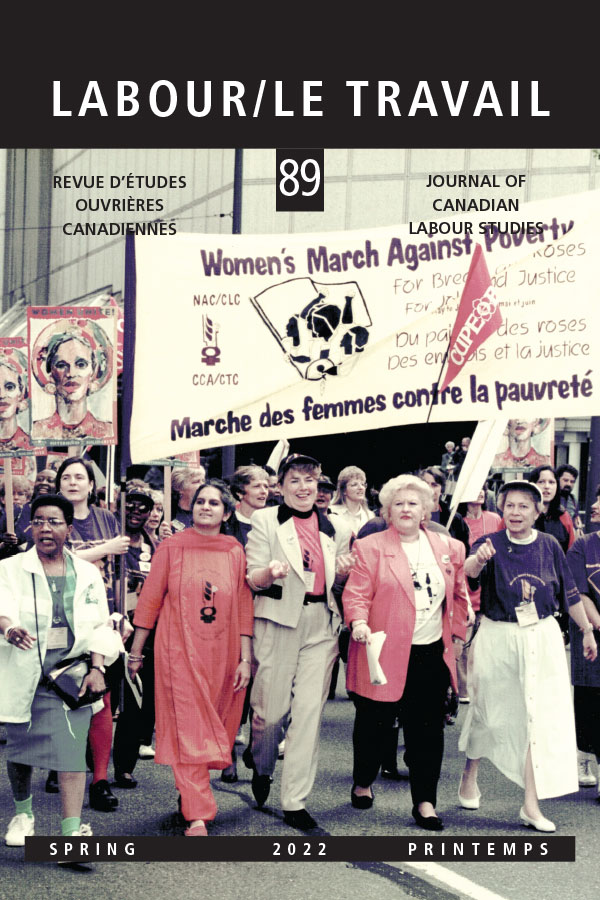Published 2022-05-27
How to Cite
Abstract
This article compares the union careers of the US Teamsters Union leader James R. Hoffa and the head of the Canadian Seafarers International Union (siu), Hal Banks. It focuses on the charges of union corruption that swirled around both men in the late 1950s and early 1960s. The article uses that comparison to consider the predominant understanding of union corruption in the United States, which posits a kind of American exceptionalism in regard to this issue. The similarities and differences between the cases of Hoffa and Banks provide a new consideration of the history of union corruption in Canada. This comparison also offers a new perspective on the divergence between unionization rates in the United States and Canada since 1964.
Cet article compare les carrières syndicales du chef du US Teamsters Union, James R. Hoffa, et du dirigeant du Syndicat international des marins canadiens (siu), Hal Banks. Il se concentre sur les accusations de corruption syndicale qui tournaient autour des deux hommes à la fin des années 1950 et au début des années 1960. L’article utilise cette comparaison pour examiner la compréhension prédominante de la corruption syndicale aux États Unis, qui postule une sorte d’exceptionnalisme américain à l’égard de cette question. Les similarités et les différences entre les cas de Hoffa et and Banks offre une nouvelle considération de l’histoire de la corruption syndicale au Canada. Cette comparaison offre aussi une nouvelle perspective sur la divergence entre les taux de syndicalisation aux États-Unis et au Canada depuis 1964.
